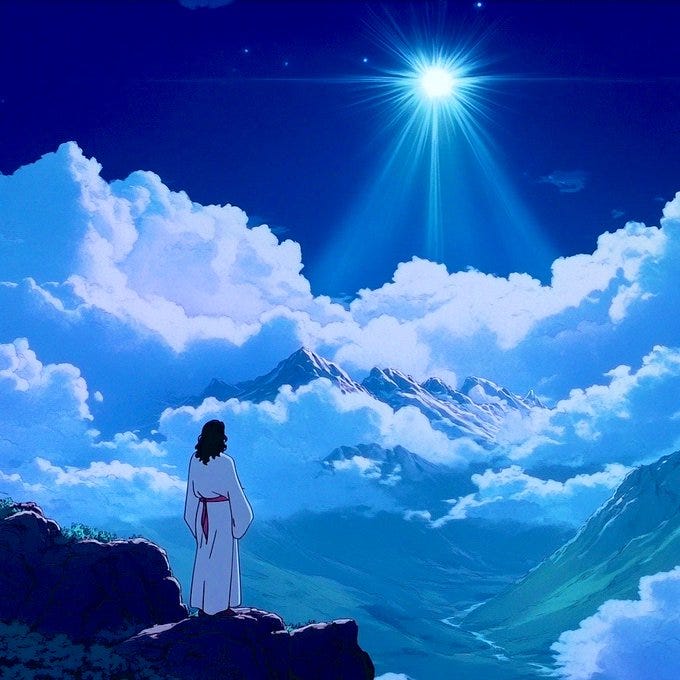THE LOST YEARS: JESUS IN INDIA
after a 3+ year hiatus, i'm back to share deep truths thru illustrated stories
In the twenty-seventh year of his life, as spring painted the Galilean hills in wildflowers, Jesus felt an unmistakable calling to journey eastward.
This wasn't a quest to discover truth—he possessed an unwavering awareness of his identity and purpose. Rather, it was a desire to understand how different minds across the vast expanse of human culture soug…
Keep reading with a 7-day free trial
Subscribe to EKO LOVES YOU to keep reading this post and get 7 days of free access to the full post archives.



